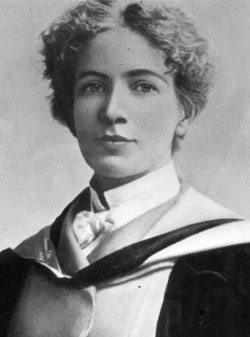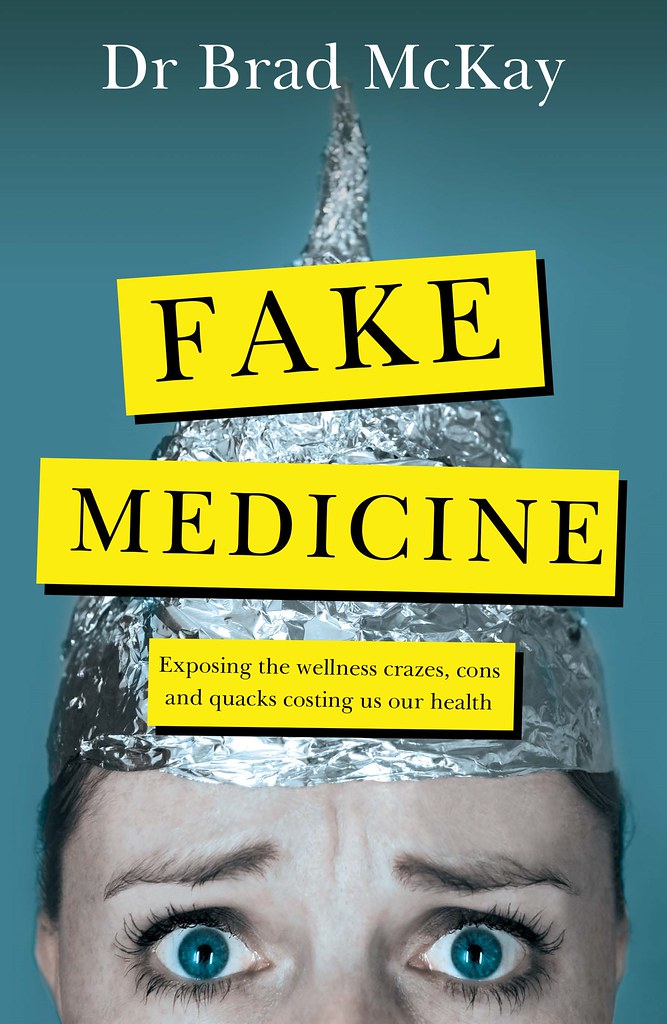We all want to live healthier, happier and longer lives, but too many of us are charmed by charlatans, misled by marketing or scammed by sciencey-sounding salespeople. Dr Brad McKay, GP and experienced Australian science communicator, has watched how misinformation and 'alternative facts' have come to permeate every facet of our lives, causing many of us to turn away from academic expertise and instead look to social media influencers and dodgy websites to guide our health choices. Fake Medicine looks at the danger of Wellness Warriors and – in the wash of celebrity influencers and miracle cures – is an essential work that examines scam marketing in the modern health landscape.
Fake Medicine is also a personal account of Brad’s own health journey. It’s about his flirtation with alternative medicine from the perspective of being both doctor and patient as Brad has been living and breathing Fake Medicine his entire life. As a teenager, Brad suffered severe back pain and turned to many different therapies until he was finally diagnosed with a rare bone tumour. This experience kicked off his journey to become a doctor and made him realise how easily people can delay or even totally avoid appropriate medical treatment by seeking alternative cures. Brad has sat on both sides of the clinic room. As a patient he know what it’s like to face uncertainty and can understand the appeal of alternative treatments, but as a doctor he now has a low tolerance for fake medicine.
 |
| Dr Brad McKay |
“Fake Medicine is absolutely everywhere - it’s sitting on your pharmacy shelves, integrated into your family traditions and even mixed up with modern medicine. It’s difficult to distinguish truth from fiction - sometimes even for doctors. I wrote this book to help draw back the curtain surrounding alternative healthcare and encourage everyone to think a little more critically about the pills, potions, and therapies they might already be taking for granted. Fake news and alternative facts were already a problem prior to the COVID-19 pandemic but now it’s just ridiculous. This book helps you step back and take a deep breath - giving you the chance to really examine the charlatans selling you empty promises. It’s time to fold up your meridians, pack away your chakras, and take a truth pill of Fake Medicine.” – Dr Brad McKay
Some key points that Fake Medicine uncovers are:
• How the COVID-19 pandemic has taught humanity the devastating impact the spread of misinformation can have on our health
• The rise of vaccine hesitancy and it’s promotion by celebrities
• The mythbusting of alternative therapies – acupuncture, moxibustion, cupping; vitamins; and ‘food as medicine’ – actual health benefits of garlic, cinnamon, turmeric, raw milk etc.
• Brad’s own journey with Fake Medicine as a patient and experiences with alternative therapies first-hand
• Promotional of wellness trends by influencers e.g. organic foods to cure cancer
Dr Brad McKay is an Australian science communicator, TV host and GP at his clinic in Sydney. He is an experienced broadcaster, interviewer and public commentator, appearing regularly on TV and radio, including as a host of ABC's Catalyst and a regular commentator on The Today Show, and presenting several medical podcasts for health professionals. He is also on the editorial board for The Medical Republic magazine. Brad has hosted the Logie-nominated Embarrassing Bodies Down Under, a show dedicated to decreasing stigma and raising awareness of traditionally 'taboo' health topics. He is a member of the Immunisation Coalition, an Ambassador for the Immunisation Foundation and the Stroke Foundation.












